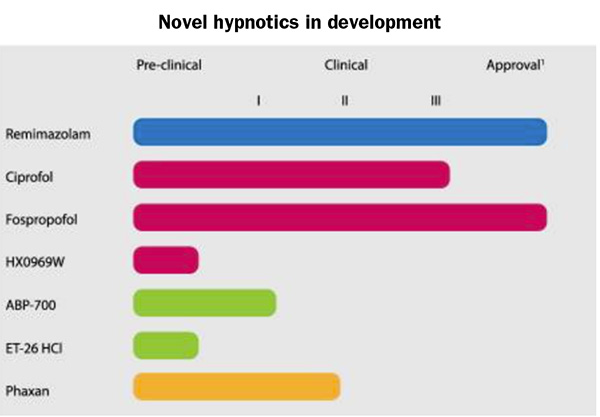 Postanesthesia Care
Postanesthesia Care
OR Manager Conference offers perioperative research presentation opportunities

Editor's Note The 2024 OR Manager Conference Poster Gallery provides a forum for presenting completed research, in progress initiatives with preliminary results, or a new approach to a concept to solve a problem related to perioperative leadership. We strive to promote communication and collaborative research among nurses, provide a setting…
Annual awards, new partnership advance paranesthesia nursing

Editor's Note Inspired by a leader in the postanesthesia care department (PACU)? Here’s a chance to provide well-deserved recognition from the entire perioperative community. If you’re a member of the American Board of Perianesthesia Nursing Certification, Inc. (ABPANC), we have something for you as well: exclusive discounts to attend OR…
Study finds no link between anesthesia dose, postop delirium

Editor's Note Higher doses of anesthesia did not affect risk of postoperative delirium in a study of more than 1,000 heart surgery patients, according to a June 10 United Press International (UPI) article on study findings published in JAMA. The research included 1,140 heart surgery patients, half of whom had…
Editorial: Are you a perioperative nurse or an OR nurse?

For me, the answer is easy. For 25 years I have consistently said, “I’ve never nursed an OR a day in my life; it’s always been the patients.” As perioperative nurses, what we do is about more than where we work. Why is it that 25 years after the Association…
Help PACU leaders get the recognition they deserve

Editor's Note Inspired by a leader in the postanesthesia care department (PACU)? Here’s a chance to provide well-deserved recognition from the entire perioperative community. Whether in an outpatient setting or a hospital, ensuring successful surgery requires attention to more than what happens in the OR. That’s why OR Manager’s annual…
Analyzing impact of long COVID on cognitive health, surgical outcomes

Editor's Note The term "perioperative neurocognitive disorder" has been adopted to describe cognitive impairments identified during the perioperative period, the American College of Surgeons (ACS) May 8 reports. Postoperative delirium, in particular, is an acute complication manifesting as confusion and fluctuating levels of consciousness and attention. The incidence of this…
Anesthesiologists push to improve pain control during caesarean delivery

Editor's Note A letter to the editor published April 10 in Anesthesiology, the official publication of the American Society of Anesthesiologists (ASA), calls attention to an official statement outlining best practices for ensuring all moms-to-be receive adequate pain management during planned or unexpected C-sections. The best practices are outlined in…
Study shows patient bias for general over regional anesthesia, importance of preoperative education

Editor's Note A recent study from the UK, the results of which were presented at the 6th annual World Congress on Regional Anaesthesia and Pain Medicine, shed light on patients' preferences and understandings regarding anesthesia options for outpatient orthopedic surgery, Anesthesiology News March 18 reports. It revealed a stronger expectation…
Two-question survey could help improve pain management, reduce opioid use

Editor's Note A simple, two-question survey could help identify patients most likely to develop chronic pain during recovery from surgery or injury and direct them toward proactive, holistic services that reduce reliance on opioids. NEJM Catalyst published the findings on March 20. Conducted by a research team from Duke University,…
Procedural sedation analgesia considerations for ASC leaders

The promise of quicker recovery and fewer complications from sedation, anesthesia, and pain management have drawn clinicians and patients alike to procedures performed in ambulatory surgery centers (ASCs) and other outpatient settings. However, sedation, anesthesia, and analgesia add their own risks to those of the procedure itself. Understanding the latest…

 Free Daily News
Free Daily News